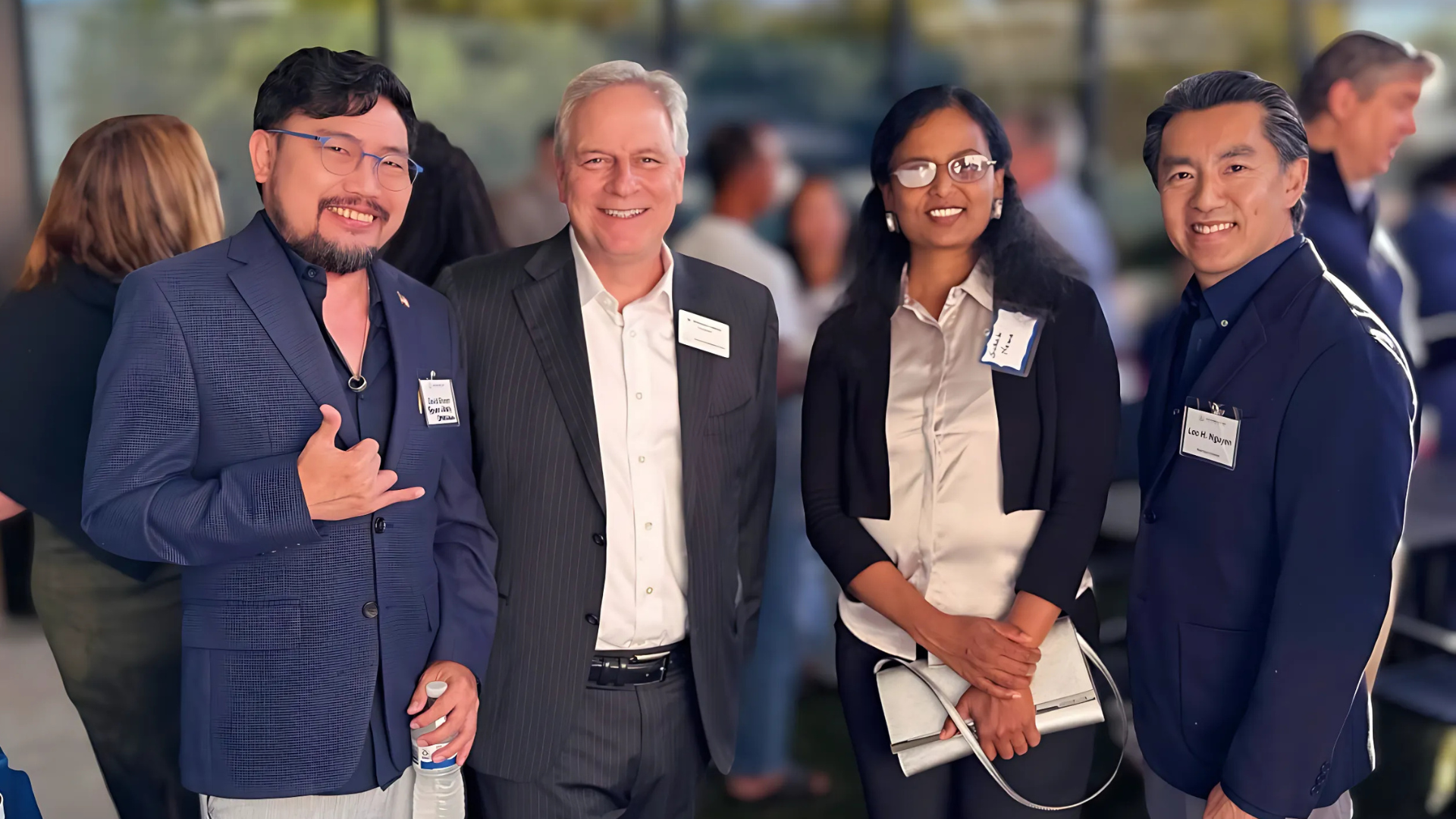
Current Events
COMMUNITY LEADERSHIP
Stay informed on the community conversations, leadership engagements, and current events that strengthen our mission. Our blog highlights how BTR TMRW collaborates with local organizations, public leaders, and advocates to expand inclusive education and workforce pathways.
Partner to build a Better Tomorrow. Contributions are tax-deductible.

Building Community Through Entrepreneurship and Belonging in Fremont
This week, I joined SF Bay University’s president, Fremont’s mayor, and community leaders to explore how entrepreneurship and belonging can shape our city’s future. These conversations connect directly to BTR TMRW’s mission—advancing inclusive postsecondary education for students with intellectual disabilities.

The Case for Community Education in the Age of AI
As AI transforms our world, the need for inclusive, community-driven learning has never been greater. Here's why programs like Navigating Next are redefining what meaningful education looks like—outside the classroom.

Learning Requires Companionship: Why Connection Powers Growth in the Age of AI
Learning isn’t just about absorbing information — it’s about connection. In an age where AI is transforming education, this article explores why companionship, belief, and inclusive environments remain essential for meaningful growth.

